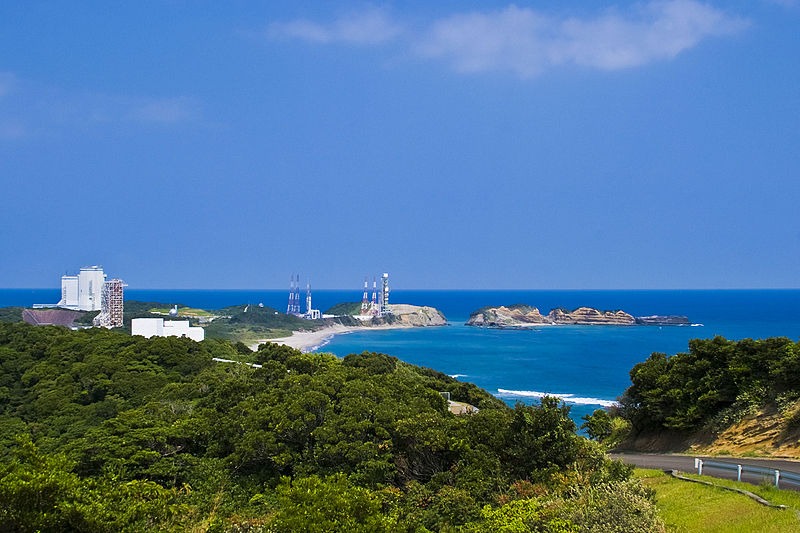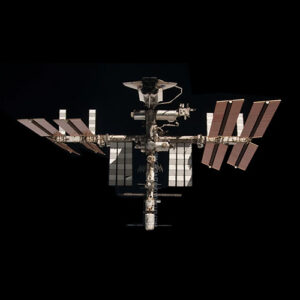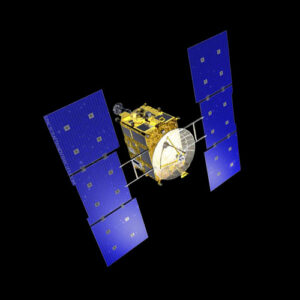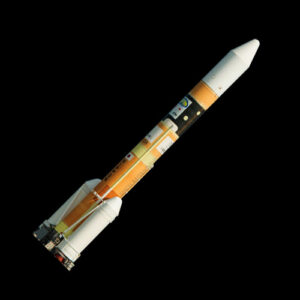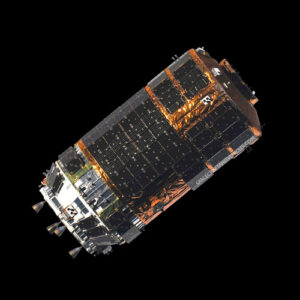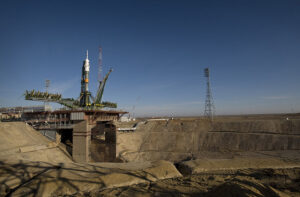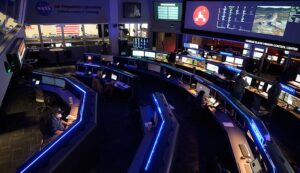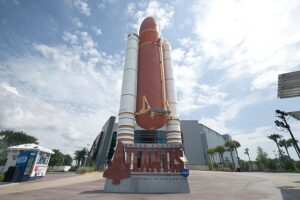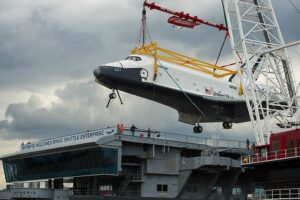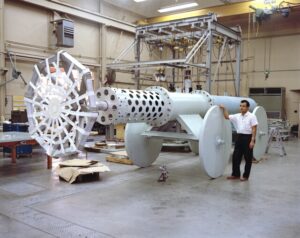The Tanegashima Space Center (TNSC), located on Tanegashima Island in Kagoshima Prefecture, Japan, is the country’s largest and most prominent spaceport. Managed by the Japan Aerospace Exploration Agency (JAXA), TNSC plays a crucial role in launching satellites and space missions, contributing significantly to Japan’s space capabilities.
Established in 1969, the center is known for its picturesque coastal location and state-of-the-art facilities. TNSC has achieved several notable milestones, including the launch of the H-IIA and H-IIB rockets, which are pivotal for deploying a variety of satellites for communication, Earth observation, and scientific research. The center’s strategic objectives include advancing space technology, supporting international collaborations, and contributing to global scientific knowledge.
History and Evolution
The Tanegashima Space Center was established in 1969 by the National Space Development Agency of Japan (NASDA), which later became part of JAXA. The location was chosen for its geographical advantages and safety, being situated on a remote island away from populated areas. The early years focused on developing and launching sounding rockets, which laid the groundwork for more advanced space missions.
In the 1970s and 1980s, TNSC underwent significant expansions and upgrades, including the construction of new launch complexes and support facilities. The introduction of the N-I, N-II, and H-I rockets marked Japan’s entry into the era of orbital launches, enabling the deployment of domestic and international satellites.
The 1990s saw the debut of the H-II rocket, Japan’s first entirely domestic launch vehicle, followed by the H-IIA and H-IIB rockets in the 2000s. These launch systems significantly enhanced Japan’s payload capacity and reliability, establishing TNSC as a leading spaceport in Asia. The H-IIA rocket, in particular, became the workhorse for JAXA, successfully launching a wide range of satellites and interplanetary missions.
Notable missions launched from TNSC include the Hayabusa and Hayabusa2 asteroid missions, which achieved historic milestones in sample return from asteroids. The center also supports the Kibo module of the International Space Station (ISS) and the launch of the HTV (H-II Transfer Vehicle), which delivers supplies to the ISS.
Related Spacecraft
Here are some of the remarkable vehicles launched from this location:
Infrastructure and Facilities
The Tanegashima Space Center boasts a comprehensive range of facilities to support its diverse mission profile:
- Yoshinobu Launch Complex: The primary launch complex for the H-IIA and H-IIB rockets, equipped with multiple launch pads and associated infrastructure.
- Vehicle Assembly Building (VAB): A facility for the assembly and integration of launch vehicles and payloads, ensuring they are mission-ready.
- Spacecraft and Fairing Assembly Building: Where spacecraft and payload fairings are prepared and integrated with launch vehicles.
- Mission Control Center (MCC): The operational hub for launch operations, overseeing the entire launch process and ensuring mission success.
- Takesaki Range Control Center: Manages the tracking, telemetry, and flight safety operations during launches.
- Satellite Propellant Loading Facility: Specialized facility for fueling satellites with the necessary propellants before launch.
- Tracking and Data Relay Stations: Ground stations that provide real-time tracking, telemetry, and communication with rockets and spacecraft during and after launch.
